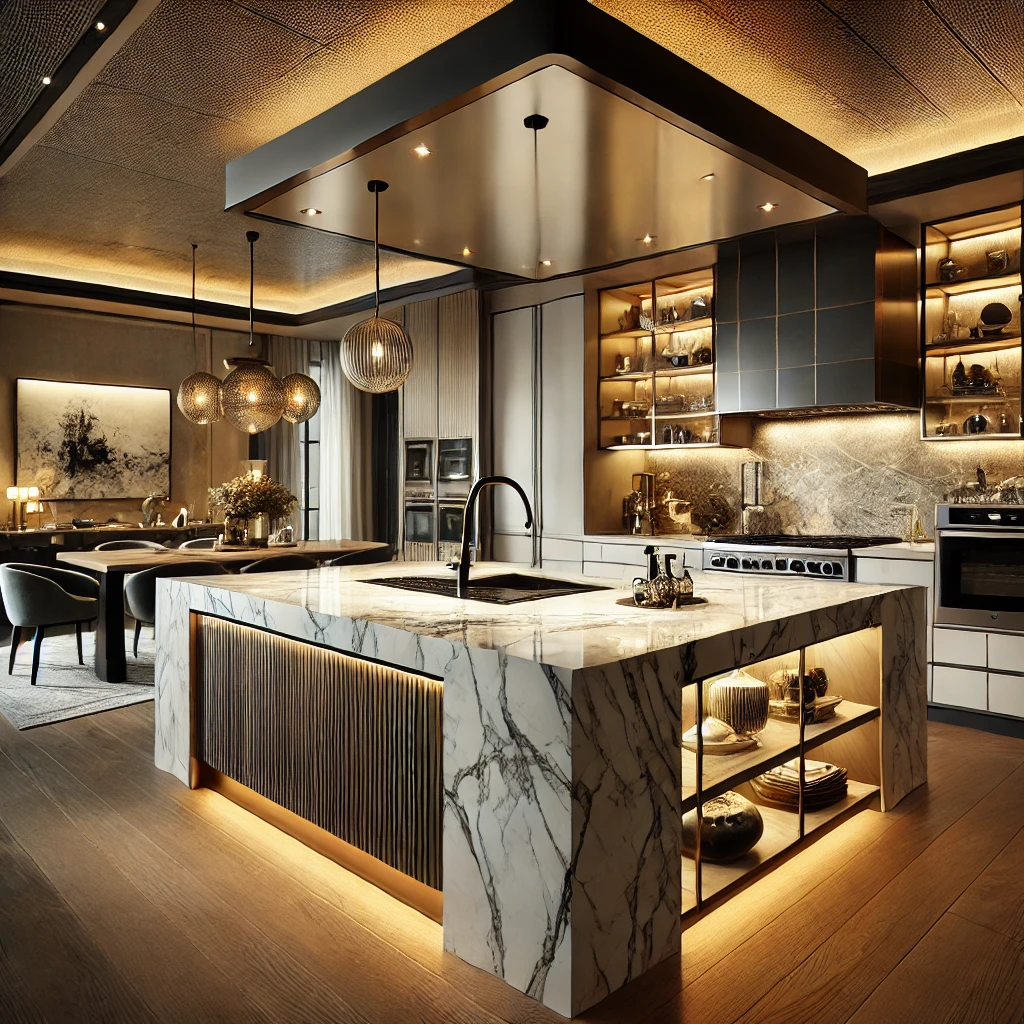Introduction
The kitchen is the throbbing heart of every house, a room where culinary creations and family discussions come alive. However, the thought of renovating this precious space raises a financial question. It can be a difficult balancing act between functionality, aesthetics, and cost. But through proper planning and resourceful thinking, you can build your dream kitchen without emptying your pocket.
Assessing the need for remodeling
Understand the underlying motivations for a remodel. Are your cabinets sagging under years of wear? Are outdated appliances draining energy—and your wallet? Tangible needs, such as improved functionality or structural integrity, are crucial to understand. But so is tempering the siren song of trendy design updates with the realities of your budget. Separating the essentials from the indulgences will set the stage for a practical, cost-effective project.
Cost-Effective Remodeling Strategies
Transforming your kitchen doesn’t necessarily mean you need to start from scratch. Old cabinets can be repainted and countertops refinished to give a new look to dated elements. Modern laminate or engineered quartz can mimic expensive natural stones without the hefty price tag. For smaller tasks, like installing a backsplash or open shelving, look into DIY projects that allow you to save money while personalizing your space.
Financing Options for Your Kitchen Remodel
If your savings are not enough, financing may be the bridge to your dream kitchen. Tapping into personal savings or an emergency fund is the simplest route, though it requires diligent financial planning. For homeowners, home equity loans or lines of credit can provide access to substantial funds with competitive interest rates. Many kitchen contractors now offer tailored financing plans, breaking down costs into manageable monthly payments, often with promotional interest rates for qualified borrowers.
Maximizing Value on a Budget
Save pennies where they count most with a low-budget renovation: Focus your efforts on impact improvements. Energy-efficient appliances pay for themselves not only by cutting utility bills but also through rebates offered in most areas. Direct your dollars into high-traffic zones like countertops and flooring and use more cost-effective yet robust finishes elsewhere. Functional upgrades such as pull-out pantry shelves or under-cabinet lighting can update the usability of your kitchen without inflating its price.
Avoid mistakes during a budget remodel.
While budget-consciousness is commendable, cutting corners indiscriminately can lead to regret. Avoid underestimating costs—always set aside at least 10–15% of your budget for unexpected expenses. Resist the temptation to compromise on quality for the sake of initial savings; poorly made materials or shoddy workmanship often result in higher long-term costs. Finally, ensure compliance with local building codes and safety standards; the fines and risks associated with unpermitted work far outweigh the upfront fees.
Conclusion
A successful kitchen remodel is a marriage of creativity and fiscal prudence. Careful consideration of your needs, cost-effective solutions, and financing options will help you achieve a harmonious blend of style and functionality. The satisfaction of standing in your remodeled kitchen, knowing it was done thoughtfully and within budget, is unmatched—a testament to resourcefulness and vision.




